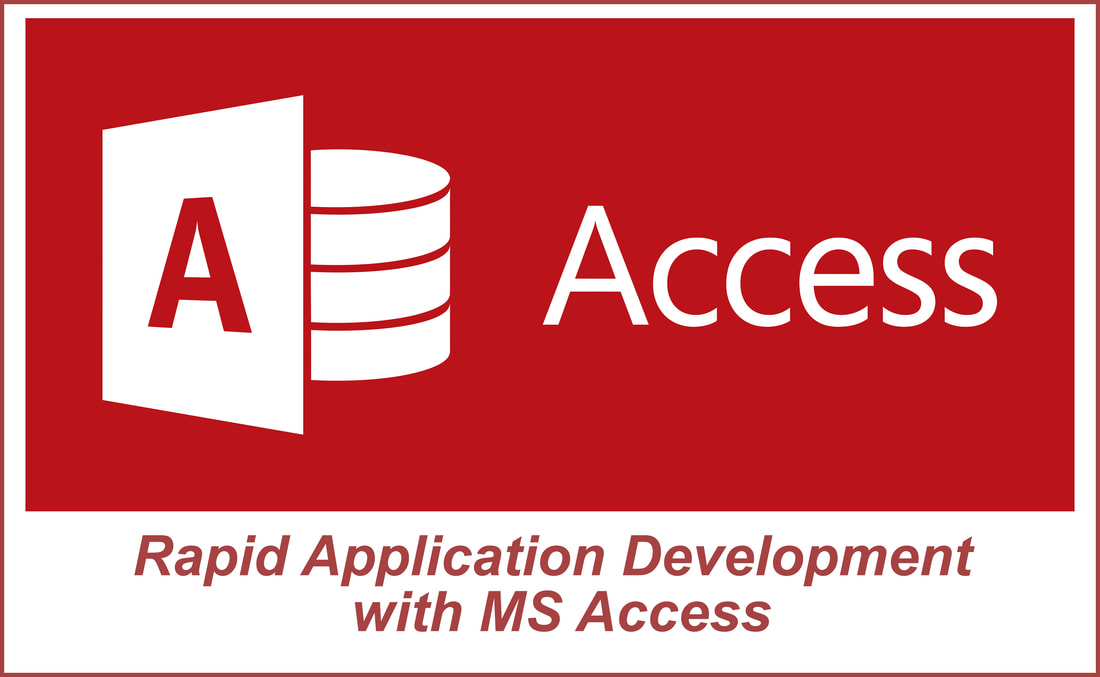|
Even though I’ve been a data management professional for 30 years, this story in Analytics Magazine was an eye opener. Don’t get me wrong. I get calls all the time from people who don’t trust the data they’re working with. But, 48% is pretty stark when one considers the large scale implications of using information you can’t trust to make important decisions.
48% should be a number that humbles us all. For decades, those of us in the information management world have asserted “garbage in, garbage out”. But, truth be told we can’t simply blame shoddy data input for lack of accurate information. User input is definitely one factor, but there’s more to the problem.
1 Comment
Data is dynamic. That is the first rule of data management. Information changes over time, the information organizations need to make decisions evolves, shifts and varies as well. Employees come and employees go. With new employees, and evolving work teams, new preferences for managing information emerge.
Published: 02-10-2018 One question that I occasionally get is: “What is the difference between MS Excel and MS Access”?
Access is as old as Excel. Professionals can purchase Access as part of some Office 365 packages. Many professionals have MS Access on their computer, but don’t know how to use it, or even why they should consider using Access. Rapid Application Development or "RAD", is important to your bottom line. Specifically RAD speaks to the time it takes to develop software applications. Generally speaking, the fewer hours required for developing a custom data management solution, the better it is on your budget. For your organization, RAD is an important concept when considering in-house custom software development.
Well… back when this whole computer thing entered our offices, we were told that electronic records would make our lives easier. Like many of you, I was there; I remember offices pre-PC. I remember file rooms large enough to make a person’s head spin. I remember 4X6 prospect cards used in marketing, to write contact information and notes about the prospect. It’s a rare thing to see a rolodex on a person’s desk anymore; they used to be common place. They’ve gone the way of those old accounting and book-keeping ledgers.
|
Michelle MeyerArticles discuss general data management issues Archives
March 2018
Categories
All
|





 RSS Feed
RSS Feed

